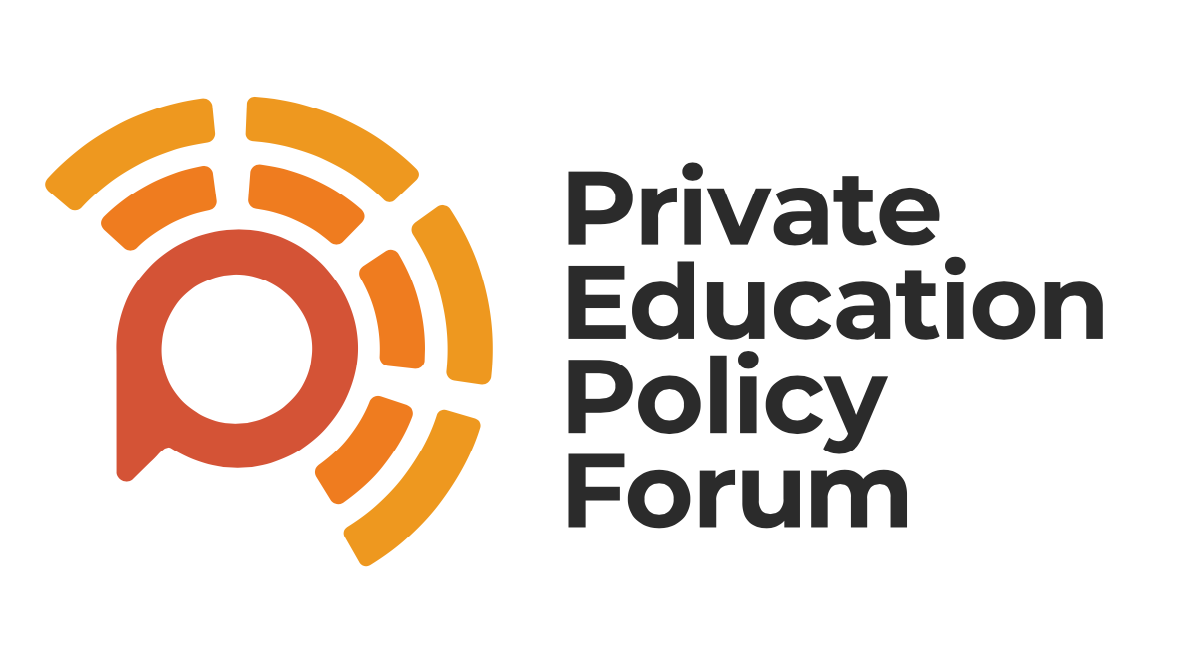
Title:
How fair is access to more prestigious UK universities?
Author:
V. Boliver (2013) in The British Journal of Sociology, 64(2), 344-364.
What’s it about?
This research investigated whether, for those striving to go to university, access to the more prestigious ones is fair.
The research adopted a purposefully conservative definition of ‘fair access’, to mean equal access for those who are equally well qualified in terms of prior achievement at school. This notion is focused, in that it leaves out consideration of fairness in upbringing and in schools up to the point of applying.
The study covered 1996 to 2006, during which fees were first introduced and official concern over the socio-economic profile of universities was beginning to stir.
It is important because going to a high-status university will have made a real difference to subsequent careers, for that and later generations of students.
‘Prestigious’ universities were defined as the universities belonging to the Russell Group, which nowadays are: Birmingham, Bristol, Cambridge, Cardiff, Durham, Edinburgh, Exeter, Glasgow, Imperial, King’s, Leeds, Liverpool, LSE, Manchester, Newcastle, Nottingham, Oxford, Queen Mary, Queens Belfast, Sheffield, Southampton, UCL, Warwick and York.
Methodology
The research is a statistical study of data provided by the Universities and Colleges Admissions Service (UCAS).
It analyses the probability of gaining access to a prestigious university by applicants from different social classes, by different school-types (private or state), and according to ethnicity.
It allows for the fact that applicants from these groups have varying A-level results and subjects, and controls for applicants’ gender and age.
What are the findings?
-
More than half – 53 percent – of private school university applicants entered a prestigious university, but only a fifth of state school applicants did (see table below)
-
The difference in rates of entry arose both because private school students were more likely to apply to a prestigious university and because, if they did apply, their chances of being offered a place were greater.
-
When comparing applicants with similar A-level results, the state school pupils were on average only half as likely as private school pupils to apply for a prestigious university.
-
And when they did apply, they were only two thirds as likely to receive an offer of admission.
-
This pattern of unfairness did not change between 1996 and 2006.
What are the limitations of this research?
No evidence is examined as to the ways in which these differences in admissions arise. Possibilities include: the use of predicted, as opposed to actual A-level grades; and the better resourced information and guidance available to private school pupils.
In recent years, use of ‘contextual admissions’ by universities may be starting to lessen some of the gaps.
Explained by: Francis Green, professor of work and education economics at UCL Institute of Education



